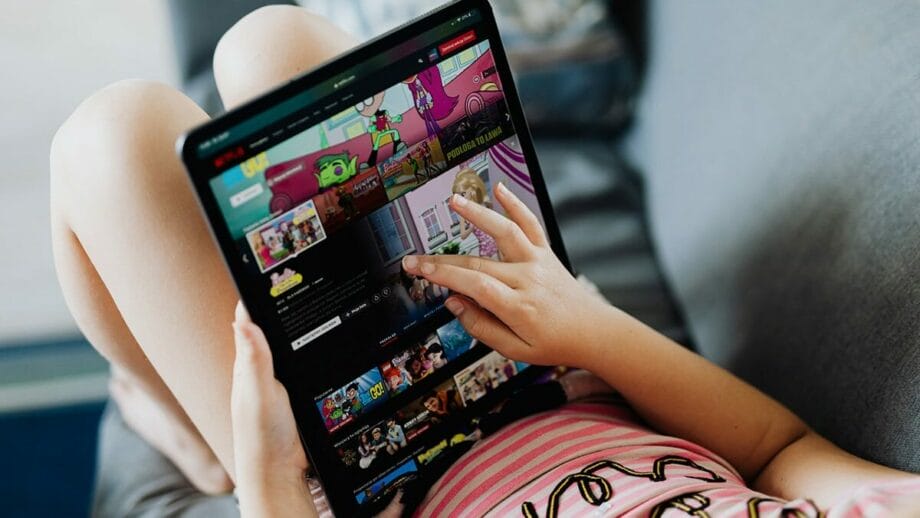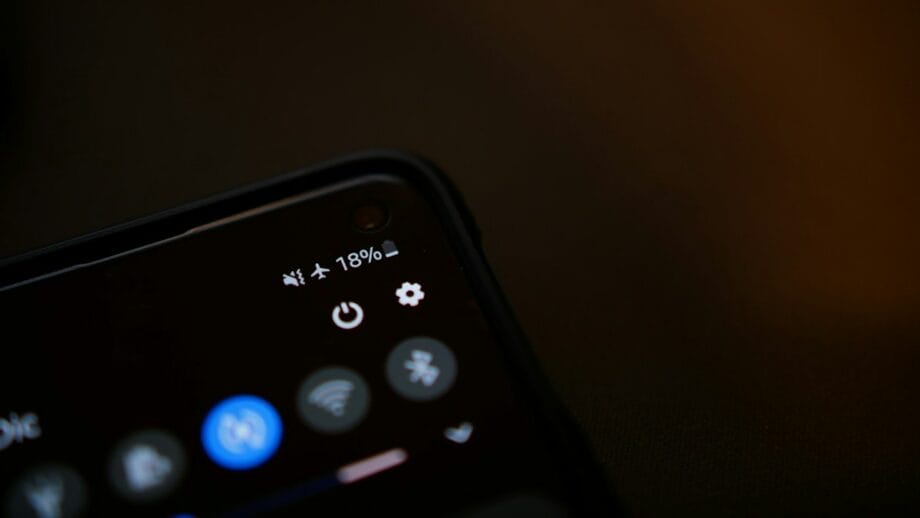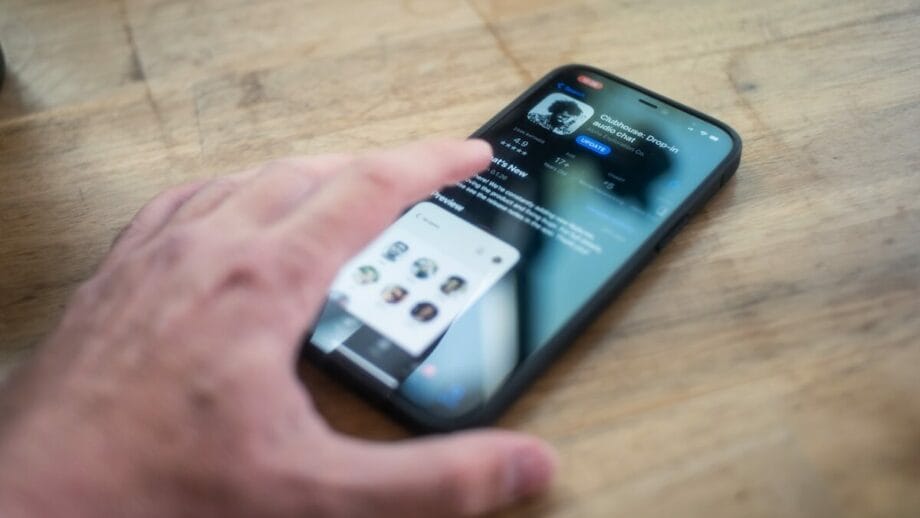Gone are the days of using paper maps; society has become completely dependent on map apps and GPS services for all of our navigational needs. While they might let us down on a rare occasion, getting lost on the highways is unlikely these days.
With how widespread map apps are for outdoor navigation, apps for indoor navigation are still few and far between. Whether it’s guiding users through a mall, workers around a large office complex, visitors to a museum, or travelers at an airport, providing indoor navigation through mobile apps can improve user experiences and increase navigation efficiency. However, ensuring the indoor navigation function on your app comes with a new set of challenges that need to be addressed.
Choosing the Right Technology
Some of the most popular technologies to use include Wi-Fi, Bluetooth Low Energy (BLE), and ultrasonic beacons, to name a few. The choice of technology heavily depends on several different factors:
- The level of accuracy required.
- The cost of implementation.
- The compatibility with the building’s infrastructure.
Related: Next-Gen Mobile App Development Strategies for Optimal Results.
Accurate Mapping Data Collection and Sourcing
Because GPS signals don’t work well indoors, you’ll need to gather data from multiple sources in order to create an accurate map of the environment. Collecting data for indoor navigation can be done through various methods, such as Wi-Fi access points, beacons, crowdsourcing, manual surveying, or even using specialized mapping robots. The trick is to maintain the accuracy and relevance of the data; as any outdated or inaccurate information can lead to navigation errors and, ultimately, user frustration.
User-Friendly Design

Designing a stellar interface that is easy to use is one of the most important aspects of creating a navigation app. The goal of the interface is to provide users with a streamlined and intuitive experience. Keep these design considerations in mind when developing your app:
- Use a simple user interface and avoid clutter while providing users with easy-to-understand navigation instructions and functions.
- Use visual cues such as icons, colors, labels in the navigation, and other augmented reality features in your app to guide the users effectively.
- Include a search feature that allows users to look up specific locations easily.
- Install a plugin or software to provide turn-by-turn directions with clear guidance.
Wayfinding Algorithms
Using a wayfinding algorithm in your app enables it to generate accurate, optimal routes in an indoor space. When using wayfinding algorithms, consider the user’s current location, destination, real-time data (like crowded areas or closed-off sections), and any user preferences or constraints in route calculations.
Dijkstra’s algorithm, and other pathfinding algorithms, can be adapted for indoor navigation. Still, the choice of algorithm depends on the complexity of the environment, the desired level of detail, and real-time requirements. You may also want to consider implementing path smoothing and error correction to deliver a better user experience.
Real-Time Updates
Indoor mapping software services, like Azure Maps Creator, can provide you with robust APIs to use in your mobile app. These APIs allow your app to perform several functions that go way beyond basic navigation, such as real-time update features, saving you a lot of time and resources trying to build them out on your own.
When utilizing these features, keep in mind that indoor environments are quite dynamic, and conditions can change frequently. That means your app needs to provide real-time updates such as:
- Dynamic rerouting: This feature will enable your app to suggest an alternate path if the current one is blocked.
- Live data integration: Have your app pull and display things like wait times, schedules, and promotional offers.
Compatibility and Scalability

Be sure to consider how your app will be able to scale and how it will remain compatible with the environment and the technology. Look into using a tech stack that’s capable of evolving to suit the needs of users.
For example, make sure that the app supports various devices, operating systems, and screen sizes. By optimizing for those things, you’ll not only broaden the reach of the application, but you’ll also be future-proofing.
See also: Mobile App Development: The Complete Guide.
Maintenance and Support
Indoor navigation apps require regular maintenance and updates. Choose a technology stack that offers robust support and a community of developers or service providers to assist with bug fixes and feature enhancements. This will help ensure that your app remains reliable and up-to-date.
Provide Offline Functionality
Not all indoor spaces have the best internet connectivity, which means you should make sure users are able to take advantage of the navigation features when an internet connection is not available. In order to keep users connected, it’s a great idea to provide an offline mode where the maps can be downloaded and used to navigate without an internet connection.
Accessibility and Inclusivity
By not implementing solid accessibility and inclusivity when designing your indoor navigation app, not only are you limiting your reach, but you’re also not delivering the best experience you could.
To add these features, you’ll need to look into implementing multimodal navigation features into your app. These allow your app to offer different navigation preferences like walking, escalators, elevators, or taking the stairs. Putting in features like these will make your app way more accessible to people with disabilities.
Testing and Quality Assurance
Test, test, test – the mantra of anyone in the software space. Before the deployment of your app, gather a QA team to test and try to break the app so you can identify and fix any issues prior to launch. Be sure to test the app in different-sized indoor areas like large malls, multi-floored office buildings, and public transportation hubs. While you’re testing, pay close attention to major factors like signal strength, accuracy, and performance.
Battery Optimization

Navigation apps can do a number on your battery life due to how they are constantly sending and receiving location tracking signals. As the developer of the app, it’s your job to try and implement features that help your users save power. Check out some of the battery optimization best practices we propose and help your users go longer without asking around for a charger:
- Use Efficient Sensor Data: Sending and receiving location pings is important but think about how often it needs to be done. The answer will vary depending on the environment, so this is something that could be ironed out while testing.
- Utilize Low-Power Sensors: Using efficient sensors for indoor positioning such as low-power Bluetooth beacons or Wi-Fi fingerprinting sensors will do wonders for phone batteries everywhere since they don’t need as much power from your device.
- Implement Geofencing: This nifty function is like a location-triggered button, alerting the programming when a user enters or exits an area. This enables the operation of the app without having to constantly ping for the device’s location.
- Caching and Preloading Maps: Giving your app the ability to cache maps locally will help reduce straining the battery.
- Optimize UI Updates: It’s not necessary to continually update the interface when there aren’t any big changes in the route, so keeping these updates to a minimum can help keep the battery alive.
- User Control: Allowing your users to turn certain features on and off will put the power-saving control in their hands. If they can save battery and turn off an unimportant feature, make sure you give them the option.
Privacy and Security
A lot of people have issues when you track their location. Ensure your platform asks for their permission and confirms that their data won’t be sold or traded to third parties. Your platform will also need to comply with any data protection laws applicable to your state or country.
Taking User Feedback & Improving Your Platform
You can’t expect ANY new tool or platform to work flawlessly from the get-go, much less a cutting-edge feature like indoor navigation. There will be issues and people will complain about them. So, what should you do? Take that feedback to heart and use it to make the app better. Make the app better over time and let people know you’re doing it.
- Collect the issues: Leverage in-app surveys, feedback forms, or a ticketing solution. You’ll learn what the challenges are, and people will feel better when they have a chance to tell you.
- Aggregate your data: Start with the most common issues and work down the list. You can also start to see if there are dead zones in service areas, or the parts of your interface where people are getting stuck.
- Watch your reviews: Those 1-star reviews from angry customers aren’t just people being haters. They’re real people with real issues. Reply to them to let them know you’re working on the issue. You might even consider asking them more questions about their issue.
- Compare versions: A/B testing different technologies or interfaces can help show which parts of your app are working, and which ones call for some improvement.
- Educate your audience: It can take time for people to learn how to use a new app or platform. Even if it seems self-explanatory and intuitive to you, you might need to add contextual instructions or a demo to show people how to use it.
Related: 13 Mobile App Development Mistakes That You Cannot Afford to Make.
Making Indoor Navigation Work for Your Visitors and Customers

Once you’ve overcome the technical challenges, an indoor navigation app can put the experience of visiting your location or using your app head and shoulders above your competition. People will be able to find or buy what they’re looking for without getting lost while telling their friends and leaving positive reviews about their experience.
The technology may be new, but when done right, it’s absolutely worth the investment.






